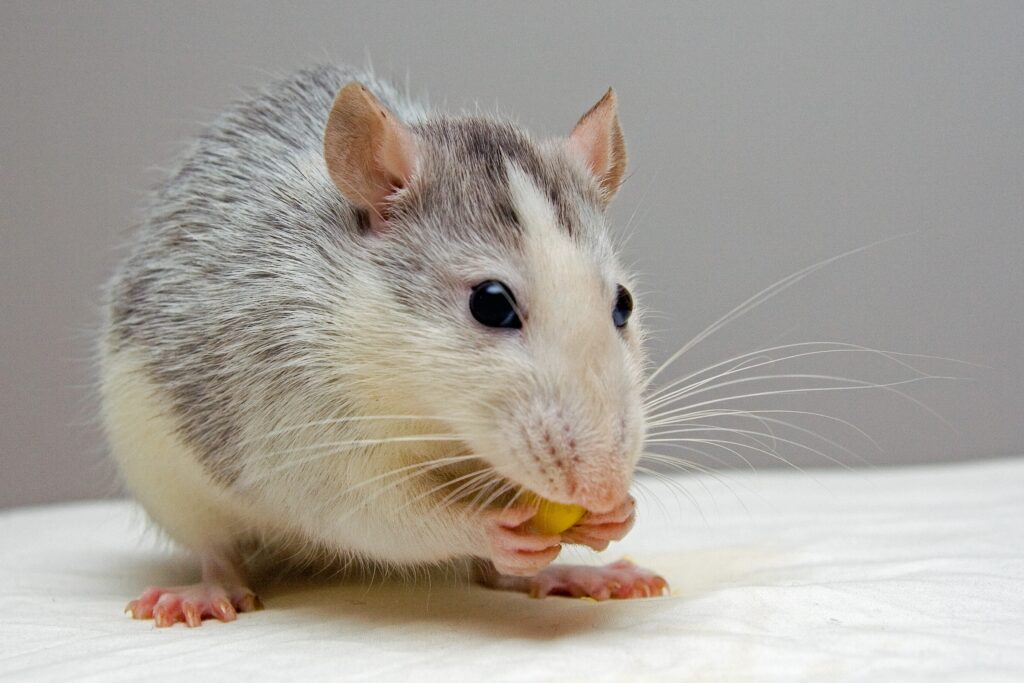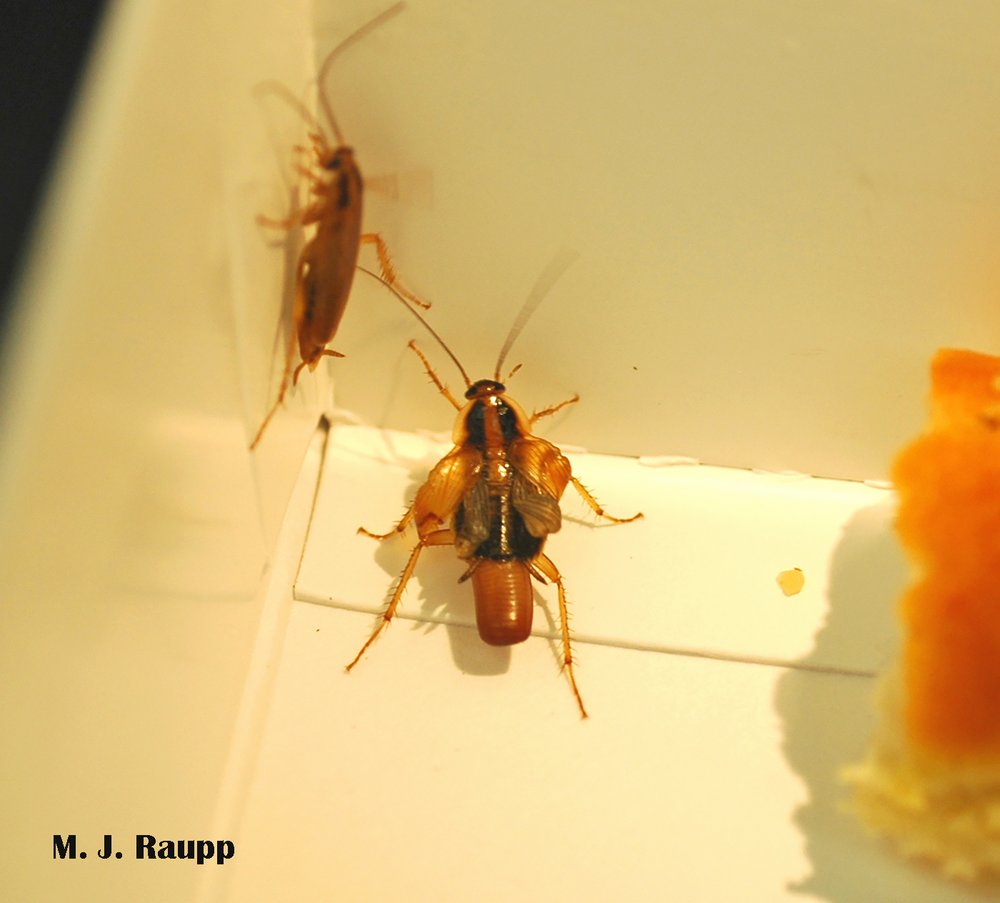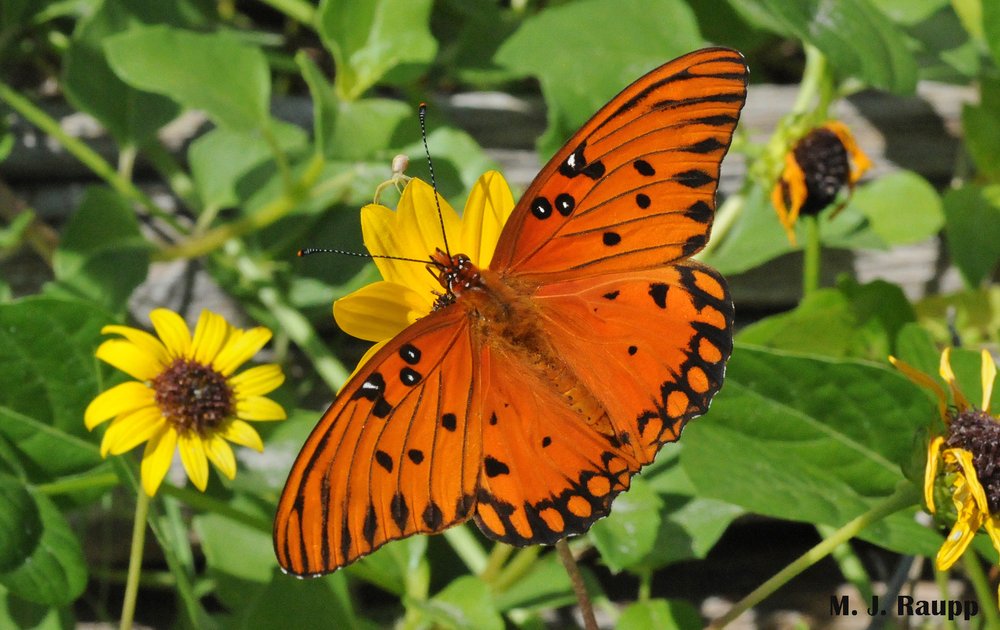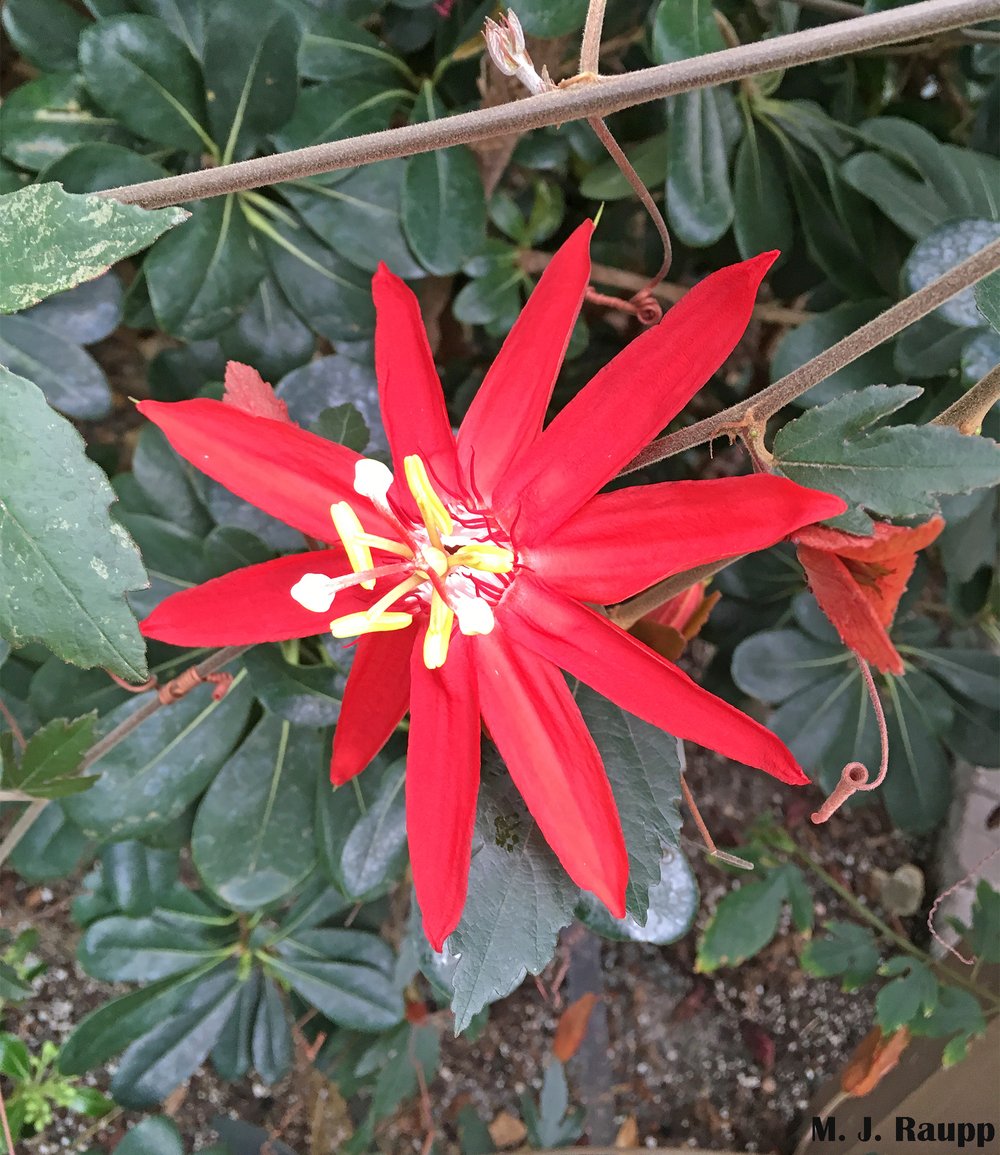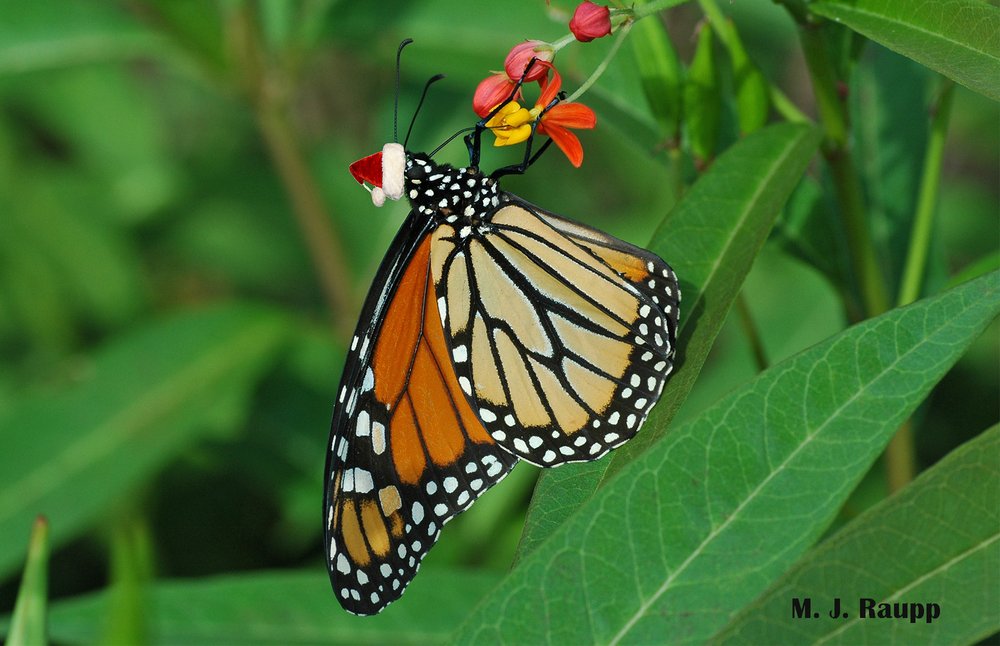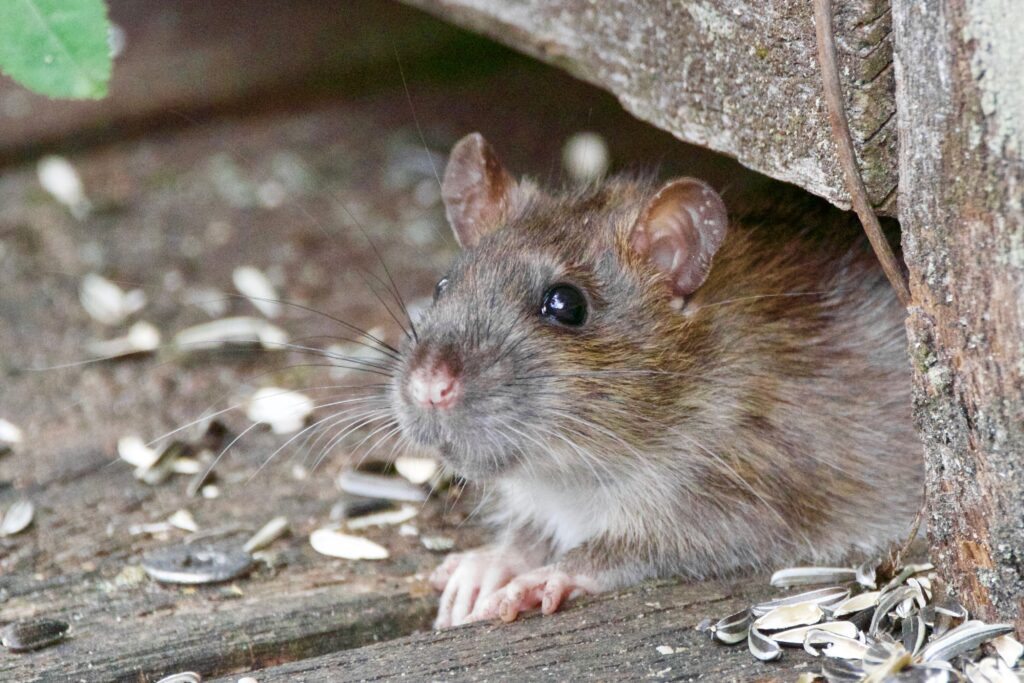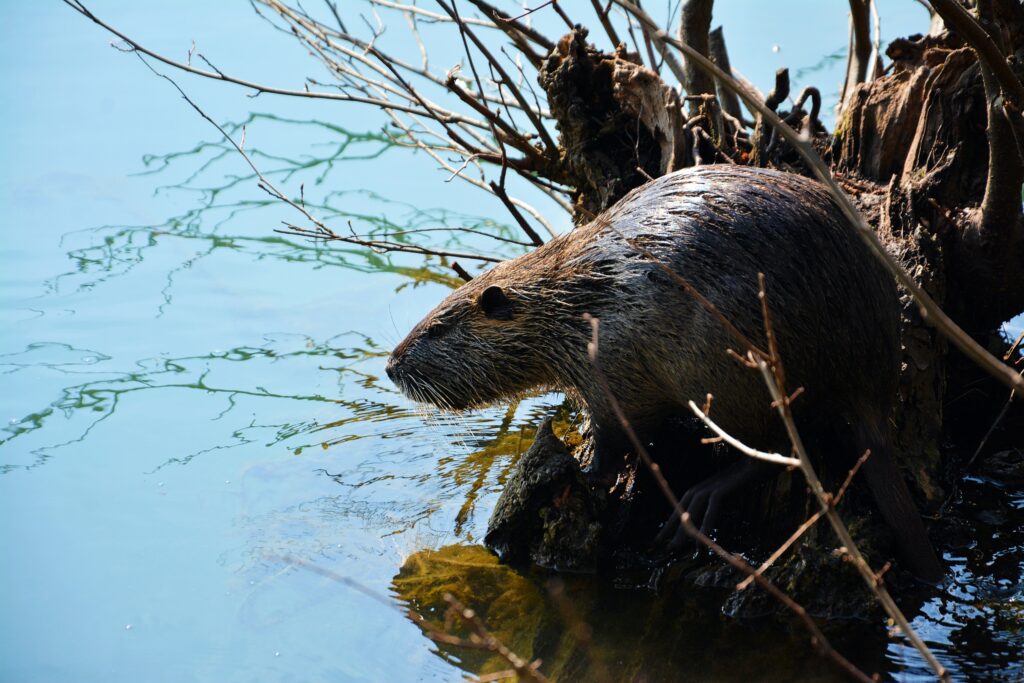Paralyzing prey in Paradise: Keyhole wasp, Pachodynerus nasidens
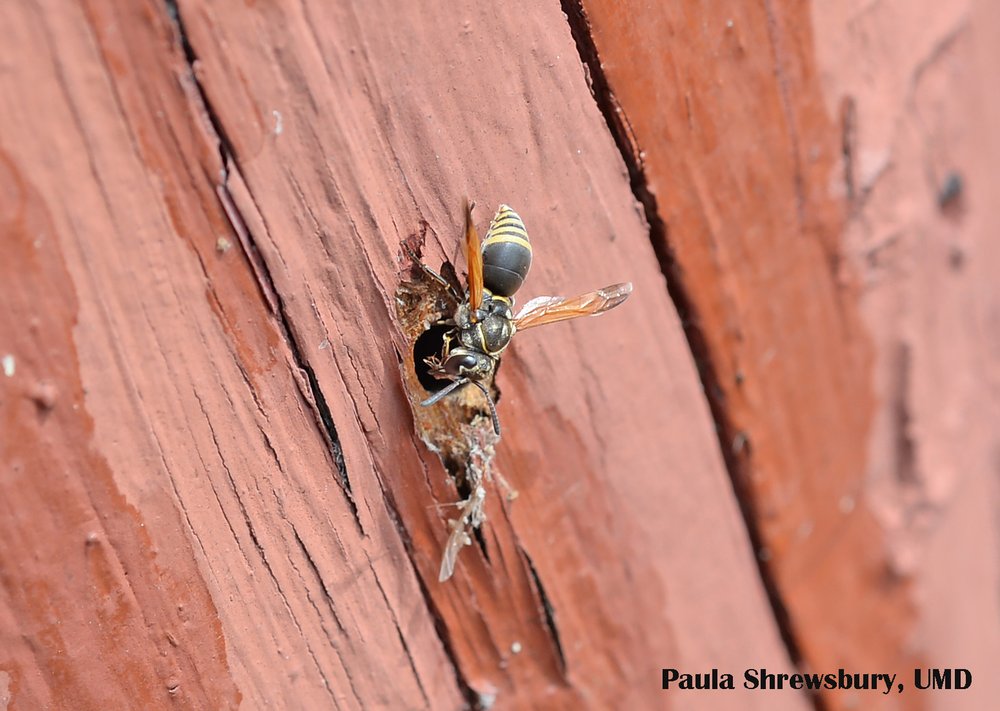
Pretty keyhole wasps remove debris from holes in wood that are potential nurseries for their young.
Over the past several weeks we meet gorgeous peripatetic butterflies, monarchs and Gulf fritillaries, that somehow found their way to the Hawaiian Islands. Last week fierce western yellowjackets of the vespid clan took center stage as they murdered invasive cockroaches at Volcano National Park. This week we return to the site of erupting Kilauea for a quick stop at the visitor center to meet another member of the vespid clan, keyhole wasps that arrived in the islands by ship in the early 1900’s. Exterior wooden posts at the visitor center bear many holes made by humans and unidentified wood-boring insect. These abandoned galleries now provide a wonderful set of condominiums in paradise for fetching keyhole wasps.
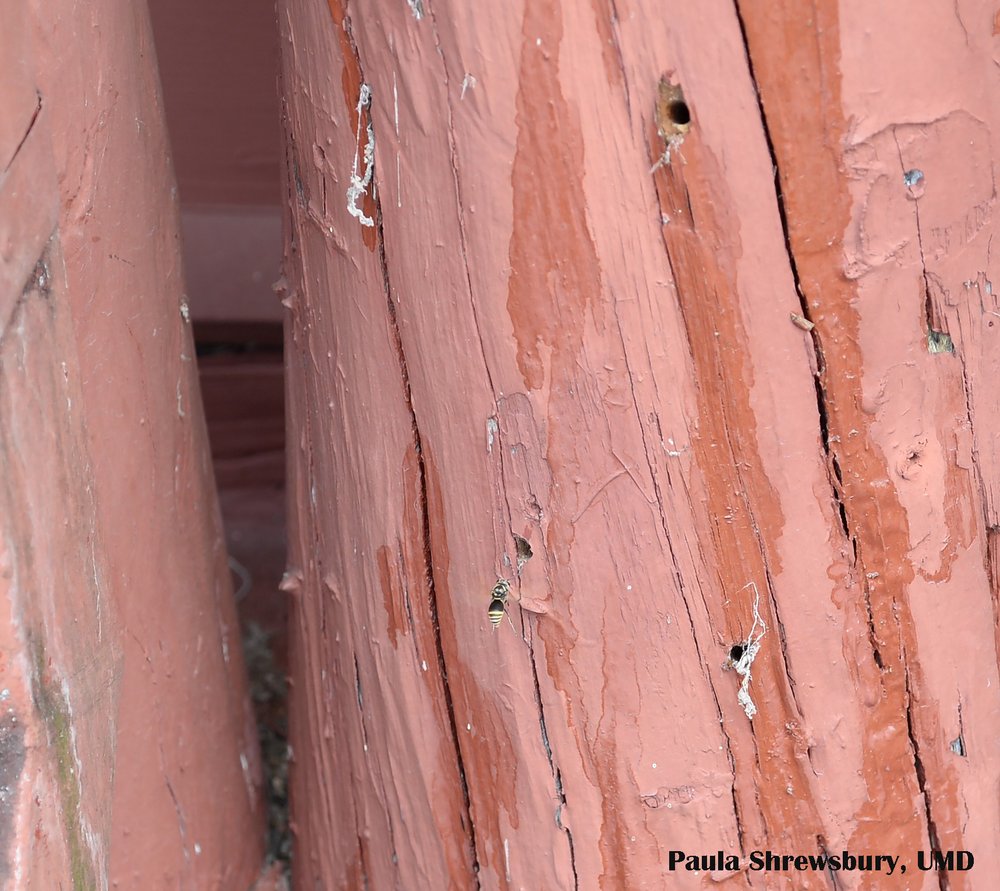
Abandoned galleries in wooden posts made by wood-boring insects are ideal nest sites for keyhole wasps.
Keyhole wasps are so named for their habit of using empty galleries in wood made by other insects and human-made voids such as keyholes or electrical sockets as nesting sites. They sometimes also nest in abandoned nests of other wasps like mud daubers, or empty silken cases of caterpillars. After thoroughly inspecting, cleaning, and accepting a nest site, the female wasp captures and paralyzes several caterpillars. These living dead are stuffed into the gallery. Mother wasp lays eggs within the gallery and seals the chamber with mud. The fresh meat of paralyzed caterpillars serves as larder for her young as they hatch from eggs and develop. For the hapless caterpillars, what a way to go!
Keyhole wasps use holes in wood made by humans and wood-boring insects as nurseries for their young. One little lady inspects a potential nest site and decides it isn’t quite right. An industrious female nearby prepares the nursery by removing trash left behind by former occupants. Once the perfect gallery is cleaned and ready for occupation, it’s off to find and paralyze delectable caterpillars to feed her youngsters. Caterpillars returned to the nursery provide fresh nutritious food for developing wasp larvae that hatch from eggs deposited in the gallery by their fierce mother.
But you don’t have to travel to the Hawaiian Islands to observe these splendid hunters. Keyhole wasps are indigenous to Central and South America and have been found in Mexico, Texas, Virginia, and Florida. They have also made their way to several Islands in the Atlantic and Pacific as well as the continent of Australia. Their arrival in Australia caused a bit of a stir at the Brisbane airport, where keyhole wasps decided that pitots on airplanes created excellent galleries in which to build nests for raising their young. Know what a pitot is? Me neither, but I have learned that these are small hollow tubes on the nose cone of an aircraft used to measure the airspeed of the plane. Keyhole wasps nesting in these tubes plugged them with mud which resulted in “serious safety incidents” as information on airspeeds “critical for landings, takeoffs, and flight became unreliable.” Yikes! By modifying habitats near the airport to disfavor nest-building by wasps, providing alternate nest sites, covering pitots between flights, and inspecting pitots regularly, problems created by these opportunistic invaders have been quelled Down Under. Although keyhole wasps are not yet common in the DMV, a close relative called the four-toothed mason wasp makes its home in the DMV. We will learn a bit more about this interesting caterpillar hunter in next week’s episode.
Acknowledgements
Fascinating references used to create this episode include “Inventive nesting behaviour in the keyhole wasp Pachodynerus nasidens Latreille (Hymenoptera: Vespidae) in Australia, and the risk to aviation safety” by Alan P. N. House, Jackson G. Ring, and Phillip P. Shaw, and “The Genus Pachodynerus in North America (Hymenoptera: Vespidae: Eumeninae)” by James M. Carpenter. We thank Drs. Nancy Breisch and Al Greene for assistance in identifying the keyhole wasp, Dr. Paula Shrewsbury for discovering and photographing wasps, and Dr. Dan Gruner for interesting discussions of invasive species in the Hawaiian Islands.
This post appeared first on Bug of the Week
